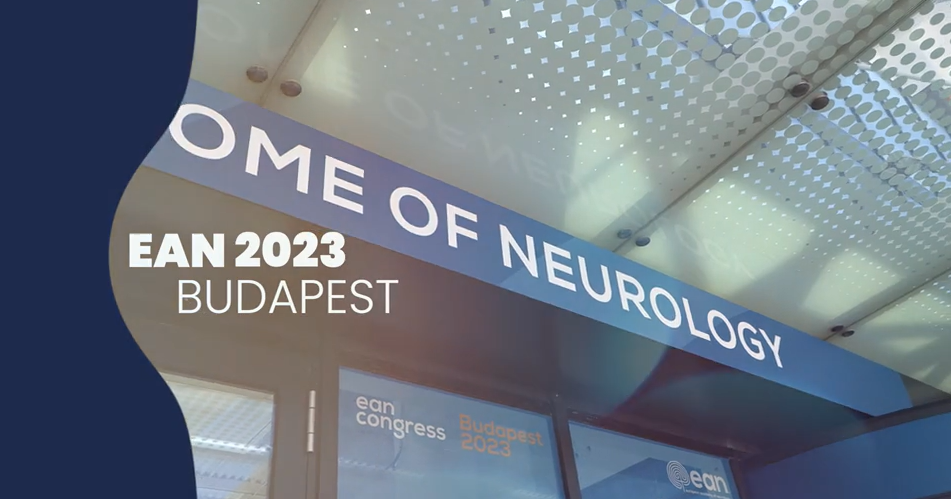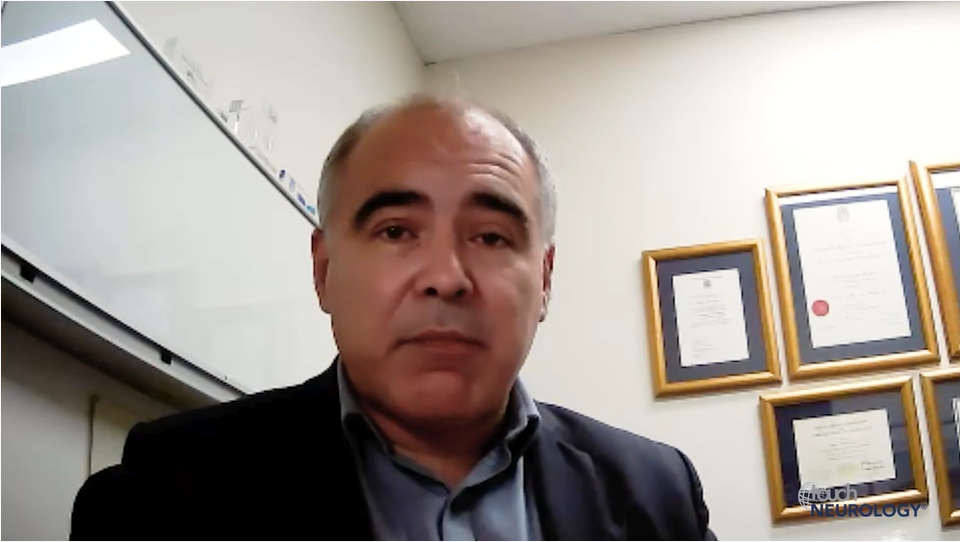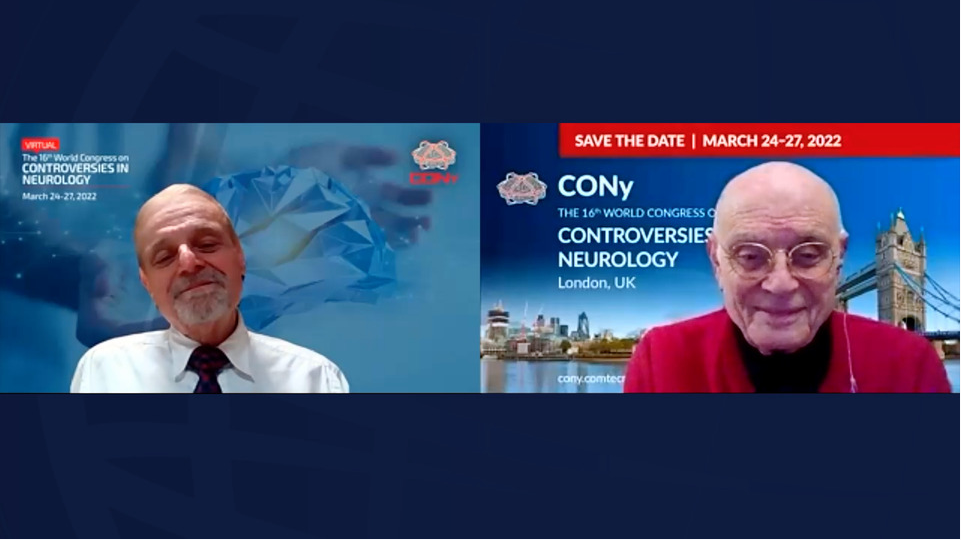In this interview with touchNEUROLOGY, Prof. Jacqueline French (Comprehensive Epilepsy Center, New York University, New York, NY, US) discusses the needs of adults with focal epilepsy and the mechanisms of action of XEN1101, a novel, potent, selective Kv7.2/7.3 potassium channel.
The abstract entitled “XEN1101, a Novel Potassium Channel Modulator: Interim Data From an Ongoing, Long-Term, Open-Label Extension of a Phase 2b study (X-TOLE) in Adults with Focal Epilepsy” was presented at the annual American Academy of Neurology (AAN), April 22–27, 2023.
Questions:
- What are the unmet needs of adults with focal epilepsy? (00:35)
- What is XEN1101 and what is its mechanism of action? (02:44)
Disclosures: Jacqueline French is a consultant for: Agrithera, Inc., Alterity Therapeutics Limited, Anavex, Angelini Pharma S.p.A., Arvelle Therapeutics, Autifony Therapeutics Limited, Baergic Bio, Inc., Beacon Biosignals, Inc., Biogen, Biohaven Pharmaceuticals, BioMarin Pharmaceutical Inc., Bloom Science Inc., BridgeBio Pharma, Camp4 Therapeutics Corporation, Cerebral Therapeutics,Cerevel, Coda Biotherapeutics, Cognizance Biomarkers, Crossject, Eisai, Eliem Therapeutics, Encoded Therapeutics, Engage Therapeutics, Engrail, Epalex, Epihunter, Epitel Inc., Equilibre BioPharmaceuticals, Genentech Inc., Greenwich Biosciences, Grin Therapeutics, GW Pharma, Janssen Pharmaceutica, Jazz Pharmaceuticals, Knopp Biosciences, Korro Bio Inc., Lipocine, LivaNova, Longboard Pharmaceuticals, Lundbeck, Marinus, Modulight.bio, NeuCyte, Inc., Neumirna Therapeutics, Neurelis, Neurocrine, Neuroelectrics USA Corporation, Neuronetics Inc., NxGen Medicine Inc. Ono Pharmaceutical Co., Otsuka Pharmaceutical Development, Ovid Therapeutics Inc., Paladin Labs Inc., Passage Bio, Pfizer, Praxis, PureTech LYT Inc, Rafa Laboratories Ltd., Rapport Therapeutics, Inc., Receptor Holdings Inc., Sage Therapeutics, Inc., SK Life Sciences, Stoke, Supernus, Takeda, Third Rock Ventures LLC, UCB Inc., Ventus Therapeutics, Xenon Pharmaceuticals, Zogenix; receives grant/research support from Epilepsy Study Consortium (Funded by Andrews Foundation, Eisai, Engage, Lundbeck, Pfizer, SK Life Science, Sunovion, UCB, Vogelstein Foundation) Epilepsy Study Consortium/Epilepsy Foundation (Funded by UCB), GW/FACES and NINDS; and is on the advisory board for Agrithera, Inc., Angelini Pharma S.p.A., Beacon Biosignals, Inc., Biogen, Biohaven Pharmaceuticals, BioMarin Pharmaceutical Inc.,Bloom Science Inc., Camp4 Therapeutics Corporation, Cerevel, CODA Biotherapeutics, Cognizance Biomarkers, Engrail, Epihunter, Equilibre BioPharmaceuticals, Janssen Pharmaceutica, Marinus, Neuroelectrics USA Corporation, Ovid, Rapport Therapeutics, Inc., Sage Therapeutics, Inc., Stoke, UCB, Ventus, Xenon Pharmaceuticals, Zogenix.
Support: Interview and filming was supported by Touch Medical Media. The interview was conducted by Marianna Mignani.
Filmed as highlight of AAN 2023.
Transcript:
My name is Dr. Jacqueline French. I am a professor of neurology in the epilepsy group at NYU. In addition, I have two other hats: I am the Chief Medical and Innovation Officer of the Epilepsy Foundation, and I also run an organization called the Epilepsy Study Consortium, which is a nonprofit organization that works with people who are developing new therapies to help speed them to people who need them.
Q. What are the unmet needs of adults with focal epilepsy?
So despite the fact that we have had over 20 new anti-seizure medicines approved in the last few decades, recent studies have suggested that the equation that we’ve always known for decades, that is, that if you develop epilepsy in newly diagnosed epilepsy, there’s a two-out-of-three chance that your seizures will become controlled with the first or second drug that you take or maybe even the third or fourth. But there is a one-third chance that you can take the first, second, third, fourth, fifth and onward and not get control of your seizures. And that group is called treatment-resistant epilepsy. And despite all of the new drugs that have been approved, there has not been a huge change in those numbers of two-thirds controlled and one-third uncontrolled. So, we still absolutely need new therapies for that one-third of people who can’t get control. And within that one-third, there are a number of people who have what we call the rare epilepsies. And often, these are caused by genetic mutations or severe injuries to the brain in childhood, and they’re associated with developmental delay. So, we call them the developmental and epileptic encephalopathies. And in that group, almost all individuals do not have control of their seizures. So, we need better drugs for them. We need better drugs in terms of being safe for women in childbirth in childbearing years. Being well tolerated. And finally, we really need and are starting to see emerging, not symptomatic treatments, that is, anti-seizure medicines that just stop seizures on the day that the medication is taken. But actual disease modifying medications that will change the course of the disease over the long term.
Q. What is XEN1101 and what is its mechanism of action?
So XEN1101 is a novel potassium channel modulator. It is an anti-seizure medicine. Again, when I was talking about the ability to disease, modify versus suppressing seizures, it does belong in the group where we are controlling seizures by modifying ion channels and changing the inhibitory excitatory relationship in the brain. But this is relatively novel. There’s only been one other drug that worked on potassium channels. There are many, many drugs out there that work on sodium channel blockade. This is a potassium channel opener, and the only other drug that worked on this mechanism that made it to the marketplace was a drug called retigabine. And unfortunately, it was removed from the marketplace because it produced an adverse reaction of turning the retina, as well as the skin in certain places, blue.
Subtitles and transcript are autogenerated











